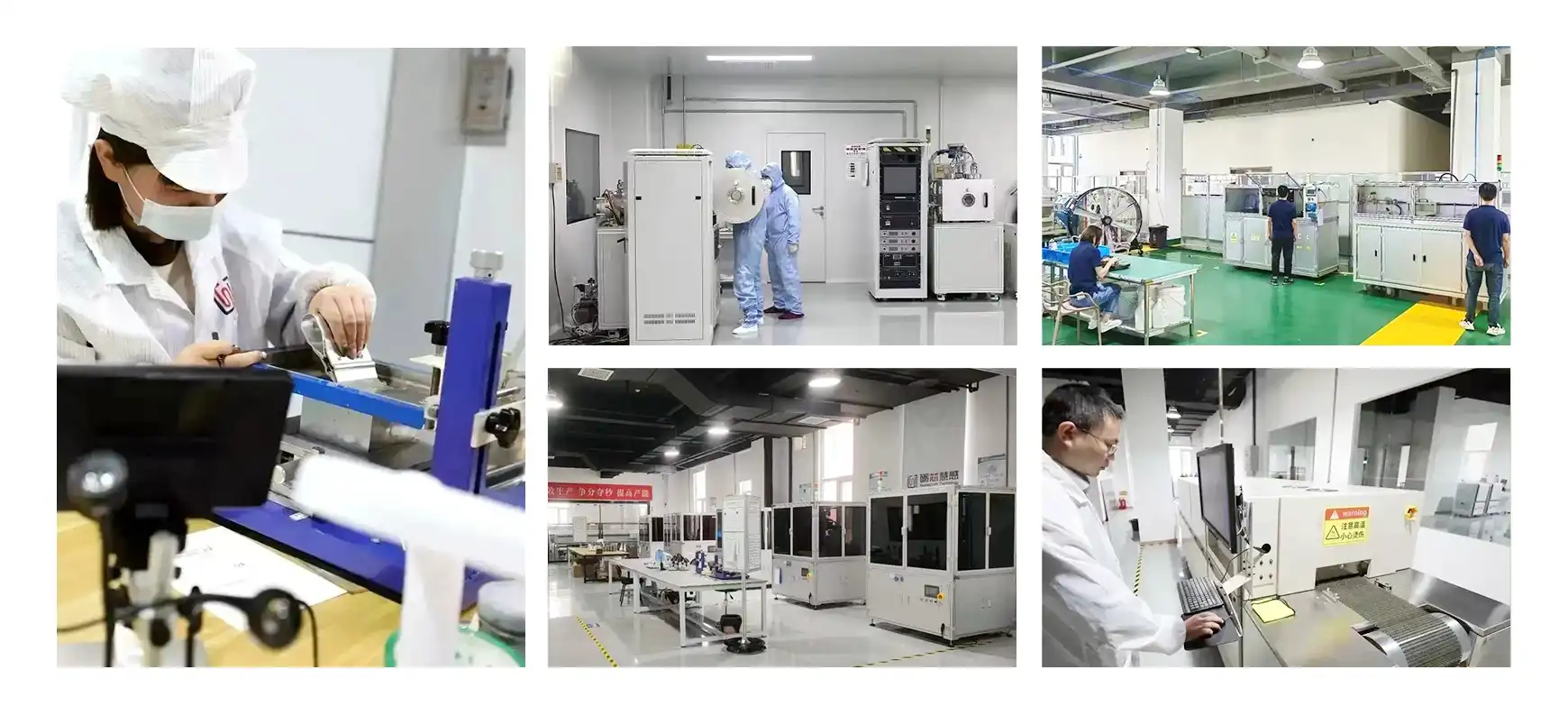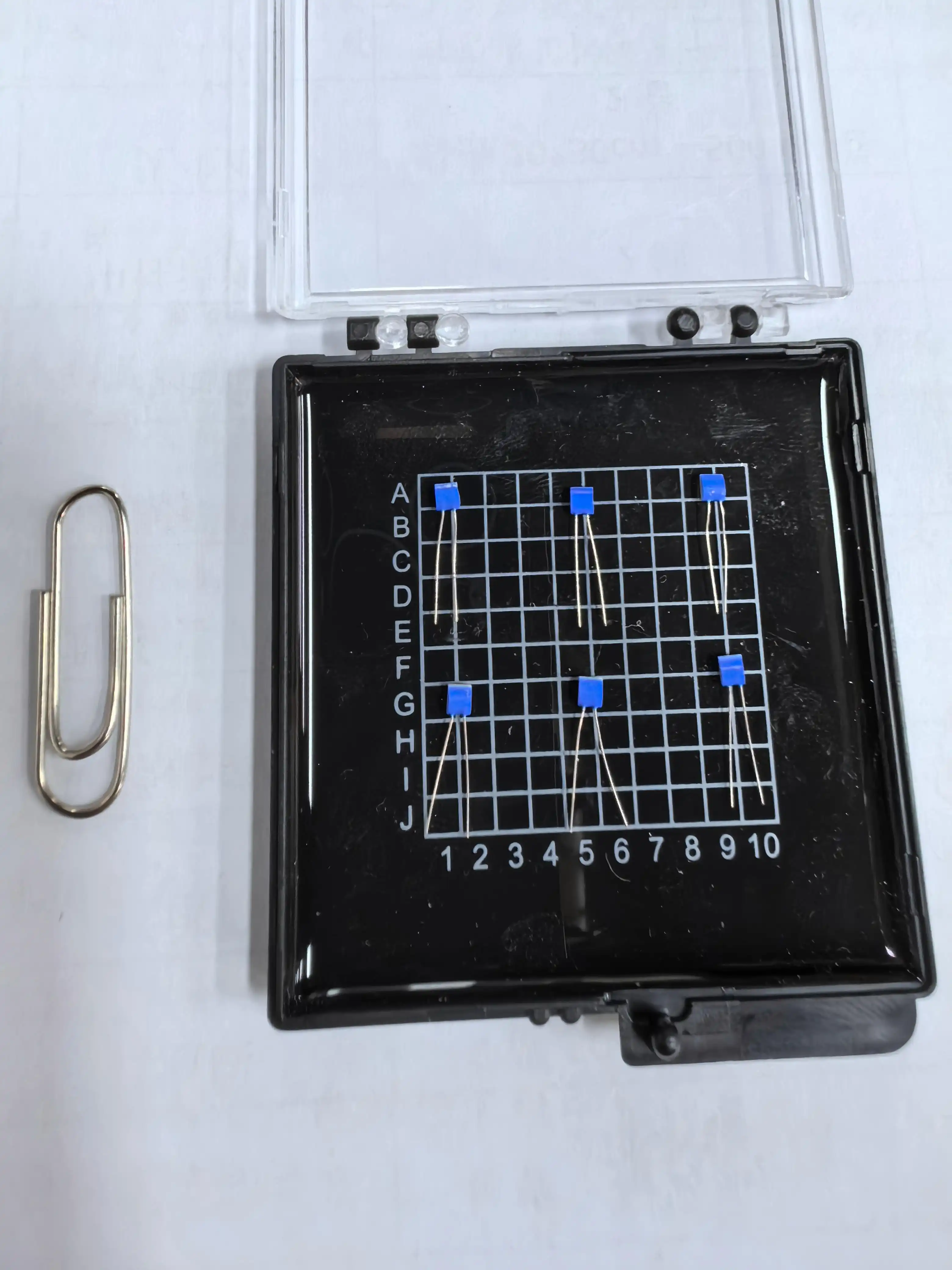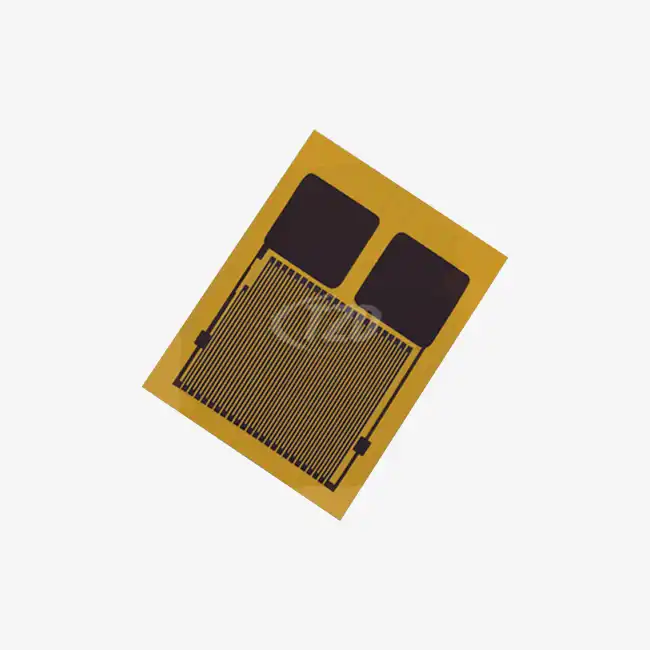Grasping Pt100 Thin Film Sensor Technology
The Composition and Structure of Pt100 Thin Film Sensors
Pt100 thin film sensors are marvels of modern temperature sensing technology. These sensors consist of a thin layer of platinum deposited on a ceramic substrate, typically measuring just 3.2mm x 1.6mm x 0.7mm. The platinum film is meticulously applied using advanced sputtering techniques, ensuring a uniform and precise resistance layer. This composition allows for exceptional sensitivity and accuracy in temperature measurements.
The platinum used in these sensors is of high purity, contributing to their reliability and stability. The thin film structure enables rapid heat transfer between the sensor and its environment, resulting in quick response times. Additionally, the compact size of these sensors makes them ideal for applications where space is at a premium.
Key Performance Characteristics of Pt100 Thin Film Sensors
Pt100 thin film sensors boast impressive performance characteristics that set them apart in the world of temperature measurement. One of the most critical features is their temperature coefficient (TCR) of 3850 ppm/°C, which complies with the IEC60751 standard. This high TCR ensures excellent sensitivity to temperature changes, allowing for precise measurements across a wide range.
These sensors typically operate within a temperature measurement range of -50°C to +200°C, making them suitable for various industrial and scientific applications. However, some specialized versions can extend this range from -200°C to +850°C, catering to extreme temperature environments.
Long-term stability is another hallmark of Pt100 thin film sensors. They exhibit minimal drift, with resistance changes of ≤±0.06% after 1000 hours at 200°C. This exceptional stability ensures reliable measurements over extended periods, even in harsh conditions.
Manufacturing Process and Quality Control
The production of Pt100 thin film sensors involves a sophisticated manufacturing process. Companies like Xi'an Tongzida Technology Co., Ltd. have established dedicated facilities for the design, processing, packaging, and testing of these sensors. The manufacturing process typically includes:
1. Substrate preparation: Cleaning and preparing the ceramic substrate
2. Thin film deposition: Applying the platinum layer using sputtering techniques
3. Patterning: Creating the precise resistance pattern
4. Trimming: Fine-tuning the sensor's resistance
5. Packaging: Encasing the sensor in a protective housing
6. Testing: Rigorous quality control checks
Quality control is paramount in the production of these high-precision sensors. Manufacturers often implement ISO9001 quality management systems and seek certifications such as ROHS and CE to ensure their products meet international standards.

Ceramic Wire Wound Sensors: An Overview
Construction and Operating Principles of Ceramic Wire Wound Sensors
Ceramic wire wound sensors, while less advanced than their thin film counterparts, still play a role in certain temperature sensing applications. These sensors consist of a platinum wire wound around a ceramic core, typically in a helical pattern. The wire is then encased in a ceramic or glass coating for protection.
The operating principle of ceramic wire wound sensors is based on the change in electrical resistance of the platinum wire as temperature varies. As the temperature increases, the resistance of the wire increases proportionally, allowing for temperature measurement.
Advantages and Limitations of Ceramic Wire Wound Sensors
Ceramic wire wound sensors have some advantages that have kept them relevant in specific scenarios:
- Robustness: They can withstand high temperatures and harsh environments
- Low cost: Generally less expensive than thin film sensors
- Simplicity: Straightforward construction makes them easy to manufacture
However, these sensors also have significant limitations:
- Slower response times: Due to their larger thermal mass
- Lower accuracy: Especially at extreme temperatures
- Larger size: Not suitable for applications requiring miniaturization
- Susceptibility to vibration: Can affect measurement accuracy in dynamic environments
Applications Where Ceramic Wire Wound Sensors Are Still Used
Despite their limitations, ceramic wire wound sensors still find use in certain applications:
- High-temperature industrial processes where extreme durability is required
- Cost-sensitive applications where ultimate precision is not critical
- Legacy systems that have not yet upgraded to thin film technology
- Environments with constant, high-intensity vibrations where thin film sensors might be damaged
Comparative Analysis: Pt100 Thin Film vs Ceramic Wire Wound
Accuracy and Precision in Temperature Measurement
When it comes to accuracy and precision, Pt100 thin film sensors clearly outperform ceramic wire wound sensors. Thin film sensors can achieve accuracies of ±0.01 Ω, translating to extremely precise temperature measurements. Their uniform structure and advanced manufacturing techniques contribute to this high level of accuracy.
Ceramic wire wound sensors, while capable of good accuracy in certain ranges, generally cannot match the precision of thin film sensors, especially at temperature extremes. The wire winding process can introduce small irregularities that affect measurement accuracy.
Response Time and Thermal Dynamics
Response time is another area where Pt100 thin film sensors excel. These sensors can respond to temperature changes in as little as 0.05 seconds, making them ideal for applications requiring rapid temperature monitoring. The thin film structure allows for quick heat transfer and minimal thermal mass.
Ceramic wire wound sensors, due to their larger thermal mass and wire-based construction, have significantly slower response times. This can be a critical limitation in processes that require real-time temperature control or in rapidly changing thermal environments.
Durability and Long-term Stability
Both sensor types offer good durability, but Pt100 thin film sensors have the edge in long-term stability. With a drift of ≤0.04% over extended periods, thin film sensors maintain their accuracy even after prolonged use in challenging conditions. They also boast impressive vibration resistance of up to 40g and impact resistance of 100g.
While ceramic wire wound sensors are known for their robustness, they can be more susceptible to mechanical stress and vibration, which can affect their long-term stability and accuracy. The wire winding can potentially shift or deform over time, especially in high-vibration environments.
Size and Integration Capabilities
The compact size of Pt100 thin film sensors (as small as 1.2mm) makes them ideal for applications where space is at a premium. Their small form factor allows for easy integration into complex systems and enables the creation of highly responsive, miniaturized temperature sensing solutions.
Ceramic wire wound sensors, being larger due to their construction, are less suitable for miniaturization. This limits their use in compact or densely packed electronic systems where space efficiency is crucial.
Cost-effectiveness and ROI in Different Applications
While ceramic wire wound sensors may have a lower initial cost, Pt100 thin film sensors often provide better long-term value and return on investment. Their superior accuracy, faster response times, and excellent stability mean they can improve process efficiency, reduce errors, and minimize downtime in critical applications.
For high-precision industrial, medical, automotive, and aerospace applications, the benefits of Pt100 thin film sensors far outweigh their slightly higher cost. In scenarios where ultimate accuracy and reliability are essential, thin film sensors prove to be the more cost-effective choice over time.

Conclusion
In the comparison between Pt100 thin film and ceramic wire wound sensors, it's clear that thin film technology offers significant advantages in most modern applications. With superior accuracy, faster response times, excellent long-term stability, and compact size, Pt100 thin film sensors are the preferred choice for industries demanding high-performance temperature measurement.
While ceramic wire wound sensors still have their place in certain niche applications, the versatility and reliability of thin film sensors make them the winner in this technological face-off. As industries continue to evolve and demand more precise, responsive, and compact sensing solutions, Pt100 thin film sensors are well-positioned to meet these needs.
For those seeking cutting-edge temperature sensing solutions, companies like Xi'an Tongzida Technology Co., Ltd. offer a range of high-quality Pt100 thin film sensors suitable for diverse applications. To learn more about how these advanced sensors can benefit your specific needs, don't hesitate to reach out to their team of experts at sales11@xatzd.com.




